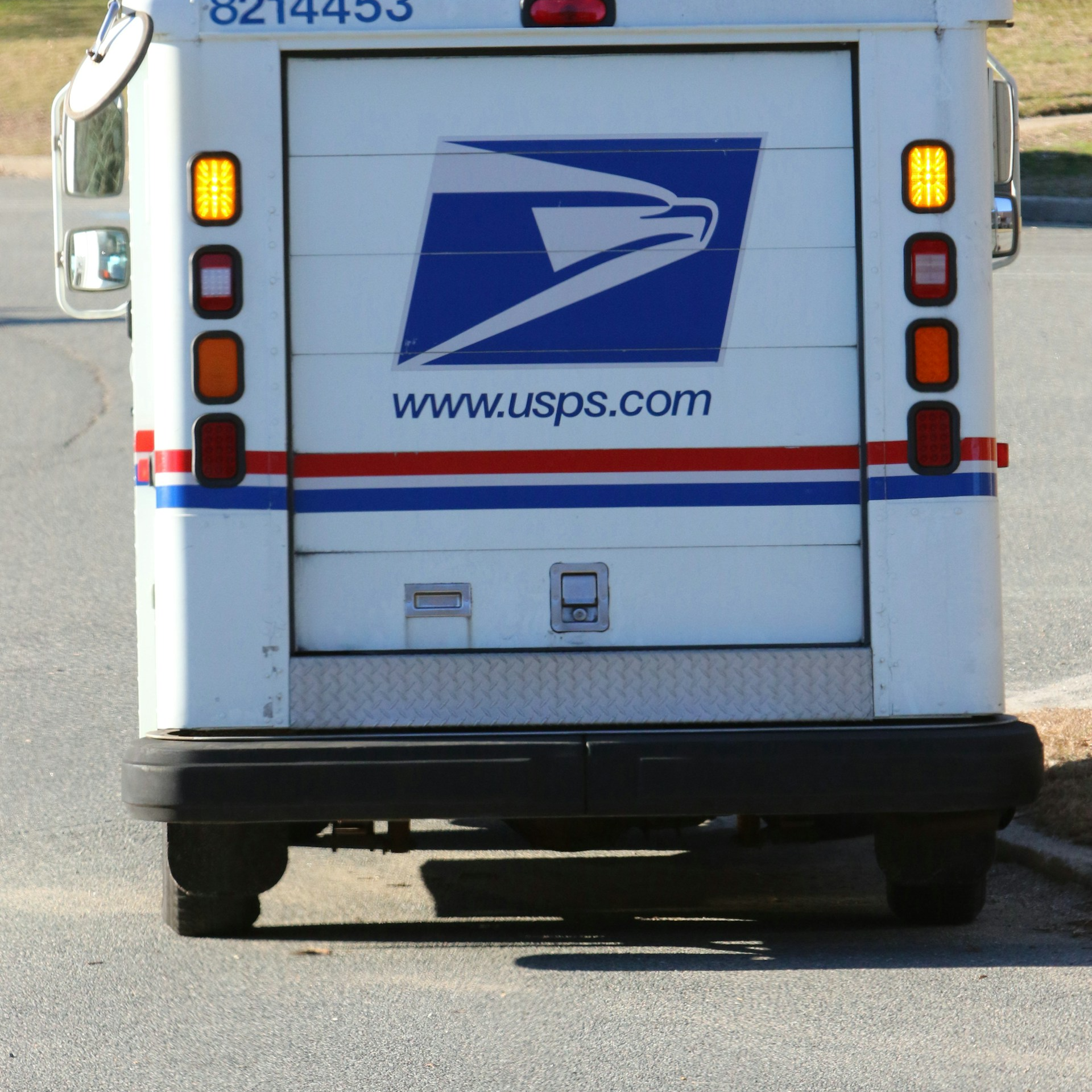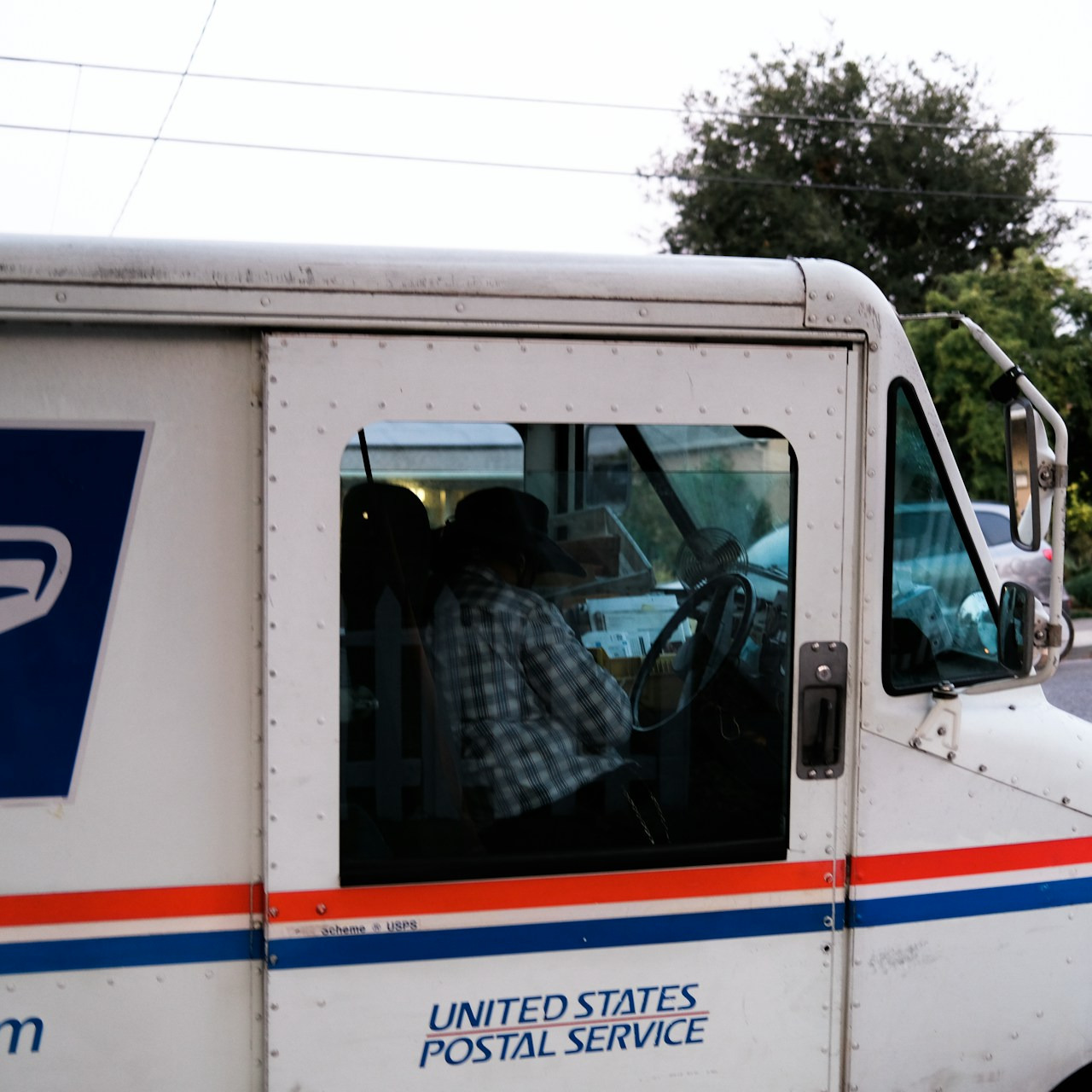Key Takeaways
-
Although PSHB and FEHB both serve federal employees, the Postal Service Health Benefits (PSHB) program is a distinct system designed specifically for Postal Service employees and retirees, with separate requirements, structures, and integration rules.
-
Starting in 2025, the mandatory integration of Medicare Part B with PSHB introduces different cost-sharing dynamics, making it essential to understand your eligibility, exemptions, and responsibilities.
Why It Matters That FEHB and PSHB Are Not the Same
On the surface, the Postal Service Health Benefits (PSHB) Program and the Federal Employees Health Benefits (FEHB) Program may seem interchangeable. Both offer health insurance options to individuals employed by the federal government. However, as of January 1, 2025, they are not only different programs—they also come with different obligations, cost-sharing structures, and Medicare requirements. If you’re a current or retired Postal Service employee, knowing exactly what PSHB means for your coverage—and how it differs from FEHB—is no longer optional.
What Is PSHB, and Why Was It Created?
The PSHB program was established under the Postal Service Reform Act of 2022, with full implementation taking effect on January 1, 2025. It replaces FEHB coverage for Postal Service employees and annuitants, except for a few exempt groups.
The main reasons for this shift include:
-
Reducing long-term healthcare liabilities for the USPS
-
Enhancing coordination with Medicare for retirees
-
Creating a standalone risk pool specific to Postal Service workers
PSHB is still overseen by the U.S. Office of Personnel Management (OPM), but it operates independently of FEHB. That distinction matters.
Who Is Covered Under PSHB?
Starting in 2025, you are part of PSHB if you fall into any of the following categories:
-
A current career Postal Service employee
-
A Postal Service annuitant
-
An eligible family member of a Postal Service employee or annuitant
However, you are not moved to PSHB if you are:
-
A non-career employee (e.g., temporary or seasonal roles)
-
Covered under a federal employee’s FEHB plan and not directly affiliated with USPS
This automatic transition applies unless you meet one of the exemption criteria, which we’ll discuss shortly.
Medicare Part B: Required for Many in PSHB
One of the most significant changes is the required coordination with Medicare Part B. As of 2025, most Medicare-eligible PSHB annuitants and their covered family members must be enrolled in Medicare Part B to maintain full PSHB benefits.
Mandatory Enrollment Applies If You:
-
Are a Postal Service annuitant entitled to Medicare Part A
-
Have a covered family member entitled to Medicare Part A
-
Are not exempt due to age, retirement status, or certain coverage scenarios
You Are Exempt If You:
-
Retired on or before January 1, 2025, and are not enrolled in Part B
-
Were an employee age 64 or older as of January 1, 2025
-
Live overseas or have other qualifying coverage (e.g., VA or IHS benefits)
Failing to enroll in Medicare Part B when required can result in losing drug coverage under the PSHB plan and facing higher out-of-pocket costs.
Enrollment Differences and Timing
FEHB open season and PSHB open season follow the same calendar—usually from mid-November to mid-December. However, your enrollment platform differs:
-
Postal employees use LiteBlue
-
Annuitants use KeepingPosted.org
Even though enrollment periods match, you’re choosing from a different set of plan options under PSHB, even if some of the names sound familiar.
Outside of Open Season, changes are only allowed due to Qualifying Life Events (QLEs) like marriage, birth, or loss of other coverage.
Cost-Sharing: Premiums, Deductibles, and More
Cost-sharing under PSHB closely resembles FEHB but with some important distinctions due to Medicare integration and plan structure.
Premiums
Premiums for PSHB are generally lower than what FEHB participants pay, largely because of mandatory Medicare Part B enrollment reducing the insurer’s liability. The government continues to cover roughly 70% of premium costs.
Annuitant shares for 2025 average:
-
Around $241/month for Self Only
-
About $521/month for Self Plus One
-
Roughly $567/month for Self and Family
Deductibles and Copayments
-
In-network deductibles range from $350 to $500 for Self Only plans
-
High-deductible options may have deductibles between $1,500 and $2,000
-
Copayments vary by service type but commonly range from $20 to $75
PSHB plans often waive or reduce cost-sharing (like deductibles and copays) if you’re enrolled in Medicare Part B, which is a major cost-saving advantage compared to FEHB.
Drug Coverage Is Now Tied to Medicare
Another major difference is prescription drug coverage. Starting in 2025, PSHB plans provide drug coverage through an Employer Group Waiver Plan (EGWP), a type of Medicare Part D plan. This is automatically included for Medicare-eligible annuitants and family members.
Benefits of this setup include:
-
$2,000 annual out-of-pocket cap on prescriptions (new for 2025)
-
Access to an expanded pharmacy network
-
Lower cost for commonly used medications, such as insulin (capped at $35)
If you opt out of Medicare Part D integration, you lose drug coverage under your PSHB plan and may not be able to re-enroll later unless you qualify for a Special Enrollment Period.
Plan Options Look Similar But Operate Differently
Many of the plan names you’ve seen under FEHB also appear under PSHB, but they are separate contracts. This means:
-
Benefits may be structured differently
-
Cost-sharing rules may vary
-
Network access may differ
Even if the plan name remains the same, always review the PSHB plan brochure carefully. A plan’s version under PSHB isn’t necessarily identical to its FEHB counterpart.
What Happens If You Do Nothing?
If you’re a current enrollee in FEHB as a Postal Service employee or annuitant, you’ll be automatically enrolled in a corresponding PSHB plan for 2025. This automatic mapping is intended to ensure continuous coverage.
However, this default assignment may not be the best fit for your needs. You should still:
-
Compare available PSHB plans during Open Season
-
Evaluate costs, provider networks, and covered services
-
Make an active selection to avoid being auto-enrolled in a plan you haven’t reviewed
What You Can Keep—and What You Can’t
PSHB does not affect your eligibility for the following federal benefits:
-
FEDVIP (dental and vision plans)
-
FEGLI (life insurance)
-
FSAFEDS (flexible spending accounts)
-
FLTCIP (long-term care insurance)
You retain access to all of these if you meet the original eligibility requirements. However, FEHB plans are no longer available to you if you’re a Postal Service employee or annuitant. You must use PSHB.
Key Dates You Should Know
-
January 1, 2025: Full implementation of PSHB begins
-
November to December (Annually): Open Season for PSHB
-
September 2024: Deadline for SEP (Special Enrollment Period) for enrolling in Medicare Part B if previously not enrolled
-
Mid-2025: Mid-Year Enrollee Notification to highlight unused supplemental benefits
Being proactive about these dates can protect your coverage and avoid lapses or unexpected costs.
Why These Differences Impact Your Bottom Line
Understanding the distinctions between PSHB and FEHB isn’t just about technicalities—it directly affects your health and financial security. A missed enrollment window, failure to coordinate with Medicare, or passive plan selection can lead to:
-
Higher out-of-pocket costs
-
Loss of drug coverage
-
Limited access to your preferred providers
The structure of PSHB is designed to work hand-in-hand with Medicare, especially Part B. When you align the two, you typically benefit from lower premiums, reduced deductibles, and enhanced cost protections.
But none of this happens by accident. It takes action.
Stay Ahead of the Transition
Now that PSHB is in full effect for 2025, it’s more important than ever to treat your health coverage as a decision—not a default. While the system was created to streamline benefits for Postal Service members, it introduces several new variables that require your attention.
Make sure you:
-
Review plan materials each Open Season
-
Understand your Medicare obligations
-
Know your out-of-pocket maximums
-
Seek help if any part of the transition remains unclear
Get in touch with a licensed agent listed on this website for professional guidance tailored to your specific situation.












